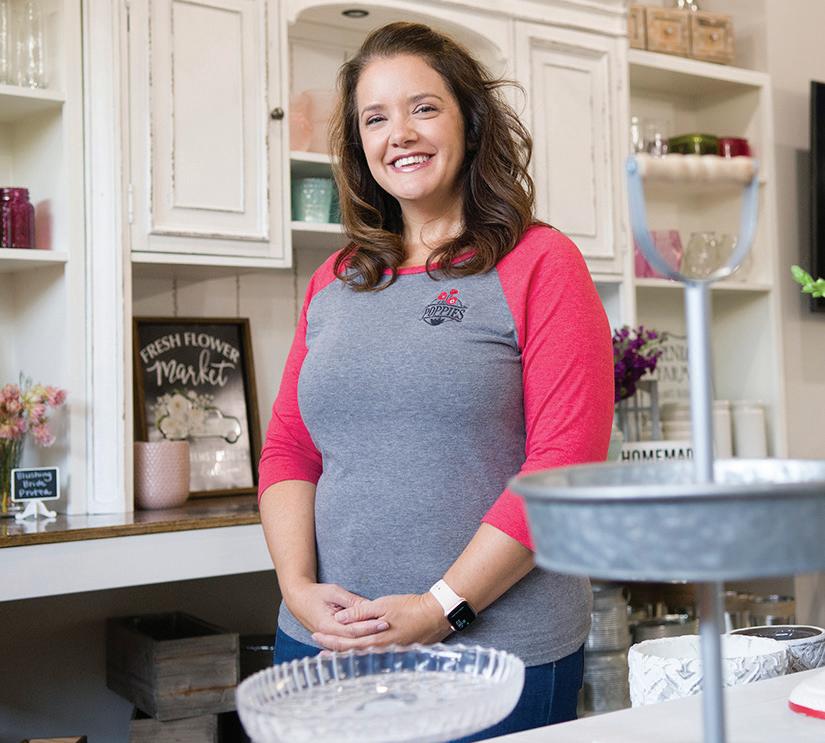
3 minute read
School at Home
School at Home
Homeschooling becomes the new normal amid COVID-19 By Pastor David Bowen, Standing Stones Community Church Standing Stones Christian Academy
In April, UNESCO announced nine out of 10 school children in 185 countries are out of school. Also in April, the Wall Street Journal ran an article, “Where Schools Reopen, Distancing and Disinfectant Are the New Coronavirus Routine.” Five months later, not a lot has changed. The upcoming school year still looks unpredictable. Kids and parents are still trying to figure out how to deal with the fall and school.
The National Home Education Research Institute reports there are more than 2 millionchildren, by choice, being homeschooled in the United States. It is estimated that number is growing 7 % to 15% each year. However, there is a big difference between being homeschooled and having to do school at home. One is a choice; the other is an adjustment with little or no choice.
As Arizonans enter into month No. 6 of dealing with COVID-19, one would think it gets easier now that we have some routines that make life seem normal. However, there is very little normal about many aspects of our daily public life. One of the biggest challenges many have had to adapt to is kids and school. The school day is not just an important part of our kids’ lives, but millions of parents start their own days by dropping off their kids before heading to work. School is how the day begins. Traditional school is built around routines. There are specific start and finish times. There are designed hours to each day. Teachers, classrooms, meals and activities all have a natural flow to them.
In reality, how well can 10-year-olds physically distance? With the number of students each teacher is responsible for, how effective would offering staggered schedules be? Does having a morning
group and a different afternoon group add to or distract from the teacher’s ability to be focused and effective? Universities have made online learning and distance learning a marketing plus. However, for elementary through high school, the benefits of online or distance learning is not as appealing.
Do our kids follow adult guidelines? If that’s the case, all school gyms would be closed and each student would be asked to bring their own lunch and eat at their desks. Crowded hallways would be discontinued, meaning middle and high schools would have to go back to their elementary school days and stay in one classroom for the entire school day. So, either teachers rotate from classroom to classroom or one teacher has to teach multiple subjects on a middle school/high school level.
Reality is what it is. Let’s look at some tips to surviving school at home. First,

parents, have patience with your kids; they are confused, too. They also are out of their environment. Many may feel all alone. Try to embrace some of the benefits of school at home, such as the time the day starts. Online learning is likely to be a big part of the mix—either full time or as a complement to in-person schooling, which allows for some f lexibility. Homeschoolers are said to get more sleep and are better rested than kids attending traditional school; however, and this is important, don’t fall to the temptation of thinking we are learning at home, so it’s not as important as real school. It’s still real school, just with a different routine. Another temptation will be to give older siblings, who are more independent, too much responsibility in teaching younger siblings.
School at home is the new normal for now. It’s OK. You can do it!










